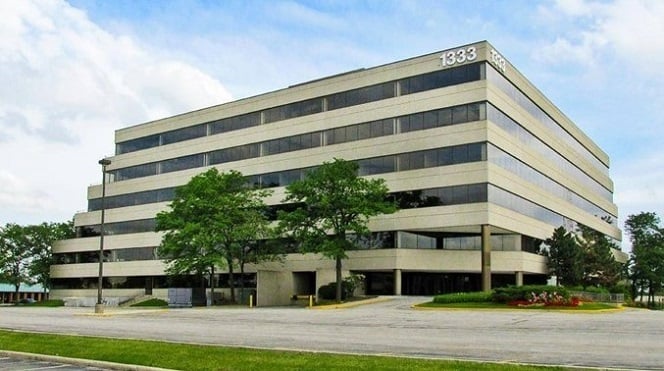IRVINE, CA—The energy-efficiency upgrades required by 2013 Title 24 standards of the California Building Code are a big step toward zero net energy for both residential and commercial buildings by 2020 and 2030, respectively, but they impact what is required of building owners, says Bob Davis, SVP of NAI Capital. GlobeSt.com caught up with Davis recently to discuss the upgrades and what owners should know about them.
GlobeSt.com: What should building owners know about the Title 24 upgrades?
Bob Davis: Although implementation was delayed until July 1, 2014, existing commercial property owners should be aware that there will be an increase in both the time and cost for many tenant-improvement renovations. These new standards cover all commercial buildings, except hospitals, daycare, nursing homes and prisons, and one of the major focus areas is reducing the energy consumption due to lighting both inside and outside commercial buildings including parking structures. The new standards will be applicable for spaces within existing commercial buildings if either 10% or more of the luminaires are altered or more than 40 luminaires are altered.
GlobeSt.com: What is now required of owners with these upgrades of which they might not be aware?
Davis: The new standards are complex and require electrical-engineer submission to the building department of both existing and planned electrical design and, in the case of major renovations, third-party certification that the planned design meets code. In addition to the compliance threshold, these new lighting standards include multi-level controls (controllable ballasts), daylighting, demand response and occupancy sensors.
New multi-level lighting controls require continuous dimming or, in addition to on/off, three intermediate levels in between. Daylighting requires separate photo-controls for two areas that receive natural light through one pane of glass, primary, or through two panes of glass, secondary. Demand-response capabilities are required for all lighting systems in commercial buildings of 10,000 square feet or more. Demand response requires building operators to program their lighting controls to reduce energy consumption by 15% upon receipt of a signal from the local utility. Also, occupancy sensors linked to lighting will be required in parking garages, warehouses, corridors and stairwells.
GlobeSt.com: How will these upgrades impact tenant-improvement costs?
Davis: Preliminary estimates indicate that these lighting standards could increase the cost of office tenant improvements from $4 to $5 per square foot. Building owners contemplating major renovations should consult appropriate engineers and contractors since the 2013 Title 24 also impacts mechanical and electrical power distribution systems and process loads: supermarket refrigeration, refrigerated warehouses, commercial kitchens and computer data centers, to name a few.
Commercial property owners can expect continued pressure from regulatory agencies to improve their building's energy efficiency. Due to the complexity of both the regulations and the cost of such improvements, they need to work closely with all their advisors including legal and tax to maximize incentives, if any, and minimize cost in order to provide maximum benefit.
© 2025 ALM Global, LLC, All Rights Reserved. Request academic re-use from www.copyright.com. All other uses, submit a request to [email protected]. For more information visit Asset & Logo Licensing.







